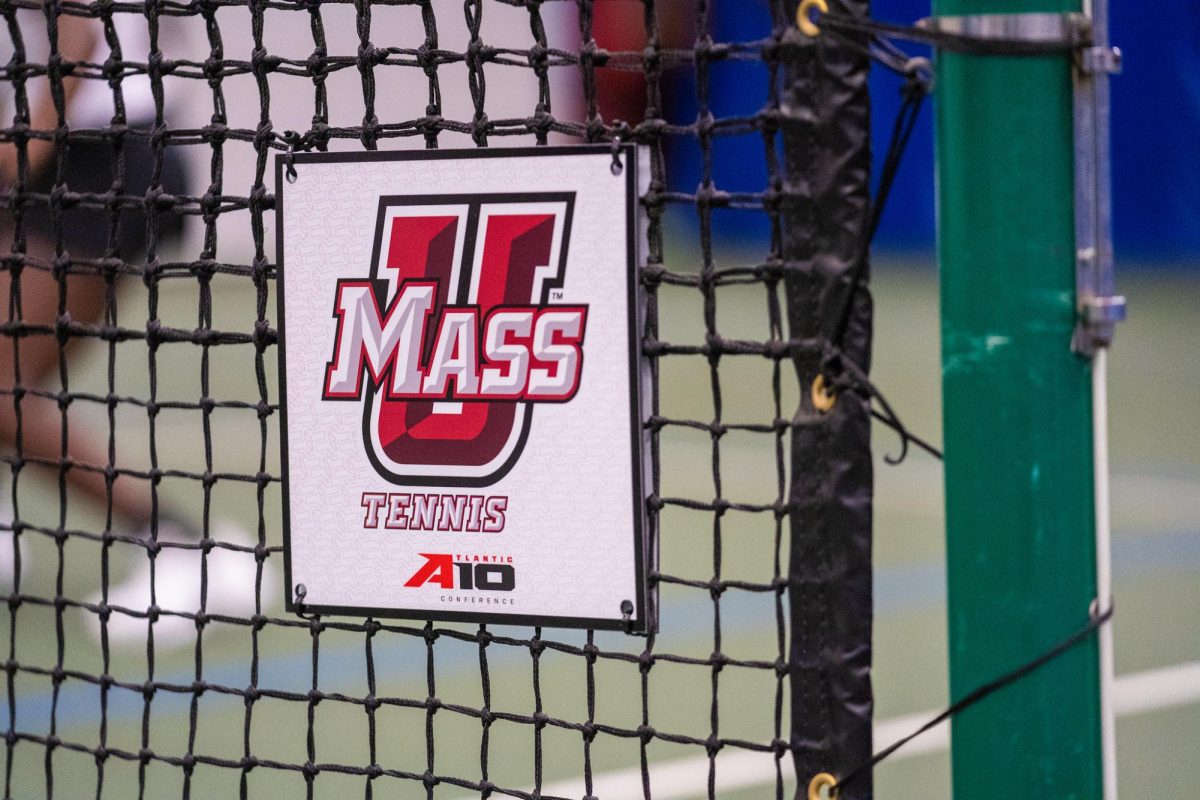There are holidays and then there are Holidays, and March 20 is most definitely a Holiday. Not exactly clear on what the special occasion is?
How does the Vernal Equinox sound? That is right: it is the first day of spring – absolutely no more winter – it is a double-threat Holiday. On top of it being the first official day of spring next Saturday, it is also Ostara.
This Pagan holiday is a celebration of a day that symbolizes new life as well as awakening. In many ways it is considered the mid-way point between the extremes of light and darkness (i.e. summer and winter).
Closely linked to the Christian holiday of Easter, which is in fact a permutation of the equinox celebration, Ostara and its descendant holiday get their names from the Teutonic goddess of Spring and the dawn, whose name is Oestre or Eastre.
Unlike most holidays, Ostara is not fixed to a specific day of the year. It falls somewhere between March 19-22, depending on when the first full moon occurs or after the Equinox happens to be.
The irony behind most of the imagery that many Christians associate with Eater actually stems from the ancient foundation of Ostara in rebirth and life. For example eggs, bunnies, candy, Easter baskets, new clothes – all these traditions have their origin in the Pagan holiday.
As such a blatant and powerful symbol of life, the egg has become one of, if not the most recognizable symbols of the spring holiday. According to Pagan lore, the traditional Easter egg hunt has quite a horrible history.
In an article on www.witchvox.com entitled “You call it Easter, we call it Ostara,” it says:
“Eggs were decorated and offered as gifts and to bring blessings of prosperity and abundance in the coming year; this was common in Old Europe. As Christianity rose and the ways of the “Old Religion” were shunned, people took to hiding the eggs and having children make a game out of finding them. This would take place with all the children of the village looking at the same time in everyone’s gardens and beneath fences and other spots.
It is said, however, that those people who sought to seek out heathens and heretics would bribe children with coins or threats, and once those children uncovered eggs on someone’s property, that person was then accused of practicing the old ways.”
Though she goes on to state that there are no documented cases of this happening, it is still a pervasive piece of Pagan lore.
A traditional Ostara feast would consist of ham and numerous other meats, this stemming back from the ancient days of its celebration. Animals weren’t slaughtered during winter so people had to eat sparingly and the meat they had was cured with excessive salt. Thus when spring came around and fresh meat as well as greens, like dandelion greens, nettles and asparagus, were easily obtainable, people would eat with great zeal.
Many modern day Pagans will eat sparingly during different parts of the year, but by choice more so than necessity. By eating a pure diet devoid of toxins and manufactured chemicals, they attempt not only to purify their bodies but also to improve their health and appearance in the long run.
Finally a tradition universal in spring holidays that is a favorite for children of all ages – the giving of candy. Most Pagans do not embrace the notion of a rabbit that drops a basket of candy for children. Many of them promote ancient fairy lore that dictates that on holidays one is to leave offerings to the spirits in order to stay in their favor. It just so happens that the traditional gift for Ostara is sweets, supposedly though if the fairies are not honored with your gift they will bring mischief to your holiday celebration.
Either way you look at it as Easter or Obstara it is a very sweet holiday. If you are interested in learning more about Obstara or any other Pagan holiday contact SPIRALS located on the second floor of the Student Union or check them out online at umass.edu/rso/spirals.
Information from witchvox.com was used in this article.






